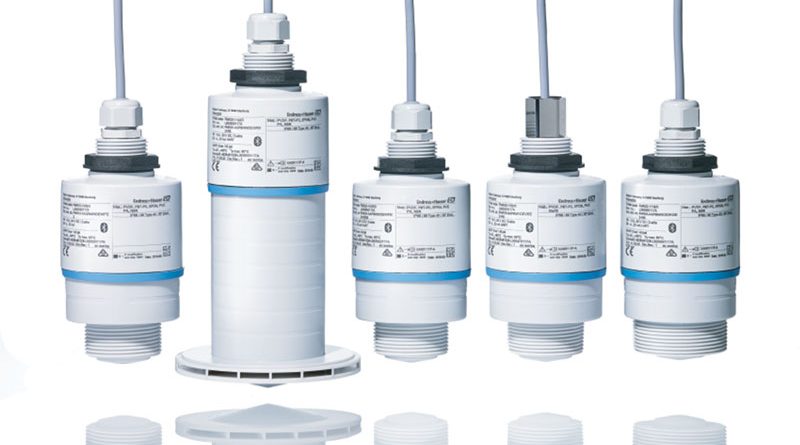A Budget-Proof Radar Level Meter
FMR10 is a free space radar in K 26 GHz band, which Endress+Hauser developed for such simple applications as utilities, purification, storage and so on. Although it is easy to use and economical, it adopts the most advanced technologies
di Vittoria Ascari
The story of Endress+Hauser begins over sixty years ago with the production of capacitive probes for level measurement, and since then the company has grown exponentially adding other parameters such as pressure, temperature, flow, liquid and gas analysis, system components and more. Level measurement, however, has historically always remained in some way in the heart of the owners, bringing the company over time to become the global market leader for Smart electronic level meters, excluding therefore mechanical or float meters.
By offering a complete product range and having at the same time a rich experience in applications, Endress+Hauser is able to recommend to its clients the most suitable meter for specific applications, management requirements or, why not, budget limitations. Regarding free space radars, Endress+Hauser produces 17 models on three frequencies: C band at 6GHz, K band at 26 GHz, and W band at 80 GHz, with Pulse technology, which uses impulses, or FMCW technology, which uses frequency modulation.
Every model has been designed to satisfy specific demands
It is clear that a sate-of-the-art radar level meter, with FMCW frequency modulation technology and 80 GHz high frequency emissions, performs well in practically all applications, but there are process radars for simple applications with aqueous-based products which cost less than one fourth and are just as effective. At the vertex of the pyramid made up of the 17 models we find radars for fiscal applications with metrological approval, 05 mm label accuracy, certified according to OIML R85 or API MPMS international specifications which cost as much as a car. At the base of the pyramid, however, we find FMR10, which we shall talk about in greater detail. In between 15 more models fit for every application and management requirement.
Compact “radar chip” electronics and wireless Bluetooth communication
FMR10 is a free space radar in K band at 26 GHz, versatile and compact, for such simple applications as utilities, purifications, storage and so on. Even though it is simple and economical, it adopts he most advanced technologies, such as compact “radar chip” electronics (derived from the automotive industry where it is used for the various driving assistants) and wireless Bluetooth communication, which allows programming and diagnostics by means of the SmartBlue App and such mobile devices as smartphones or tablets. The SmartBlue app allows to record envelope curves as mp£ files, and to share them immediately via e-mail or MMS or WhatsApp. This allows users to receive support on the field easily, by sharing information with an expert colleague at the headquarters, for instance, or from the Help Desk service provided by Endress+Hauser.
Some “smart” application examples
Here are some applications where FMR10 may easily be used. A first example is the protection form overflow. A typical installation of FMR10 is in manholes or lifting equipment. In case of flooding, with an anomalous increase in the water level, the sensor may be submerged. In these conditions it is no longer possible to have a reliable measurement, the sensor could stop working or, in the worst case, provide a wrong indication with no alarm. FMR10 may be equipped with a protection tube which, in case of overflow or flooding, creates an air cushion below the sensor, enabling it to indicate the level with 100% accuracy and therefore to generate a trustworthy alarm. Another example is the installation form the outside on plastic tanks. FMR10 is a radar and it sends out electromagnetic microwaves which travel through glass, fibreglass and plastic materials in the same way as domestic microwave ovens, which heat the content of the dish but not the dish itself which is unharmed by the waves going through it. In every industrial environment there are many plastic tanks which contain water-based chemical substances or reactants; these are typically not equipped with instruments both on account of the fact that there are not enough resources to equip them with a meter and because of the objective difficulty of creating a support for the process by modifying the tank mechanically.

